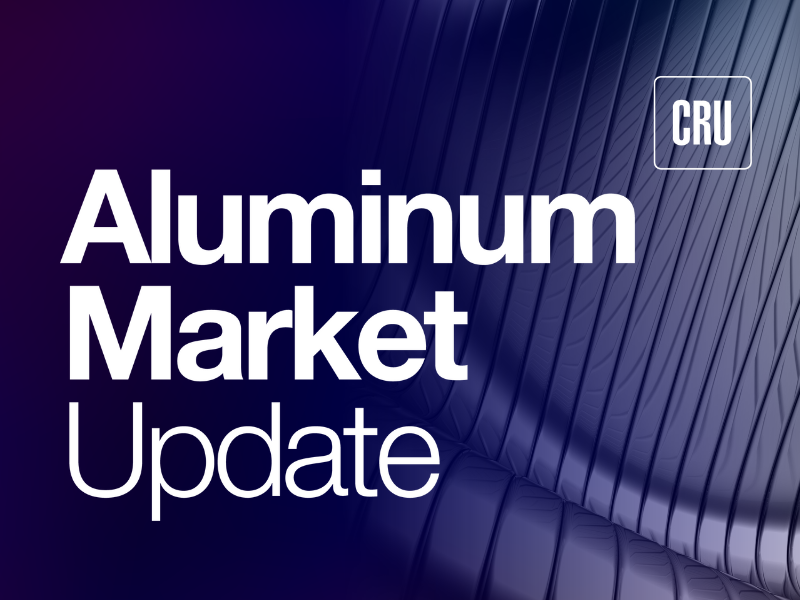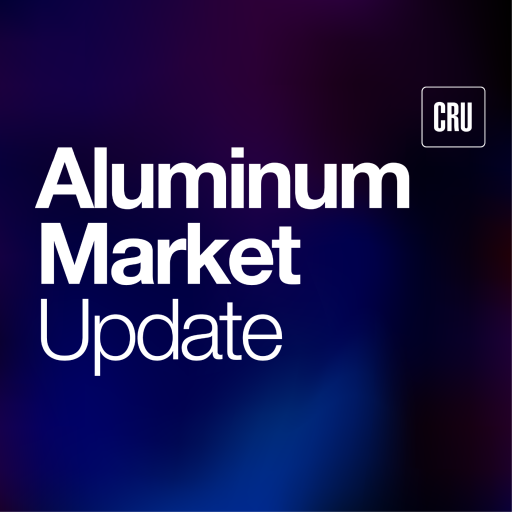Aluminum Scrap Markets

November 4, 2025
AMU Survey: Respondents expect Midwest premium to climb in November
Written by Nicholas Bell
Aluminum Market Update’s October 2025 survey points to a shift in sentiment across the North American aluminum value chain.
Results show a firmer pricing tone, led by a sharp swing in Midwest premium expectations and a modest uptick in scrap price sentiment.
Yet optimism remains mixed, with distributors and traders showing renewed confidence while manufacturers and construction-related respondents continue to report cautious demand and restrained project activity.
Midwest premium sentiment
After several months in which Midwest premium expectations had levelled off following an astronomical rise earlier in the year, respondents leaned toward higher price expectations heading into November.
Two-thirds of respondents said they anticipate the Midwest premium to move higher over the next month. That marks a dramatic turnaround from September, when only 22% expected an increase, and most described the market as stable or easing.
The sharp swing toward higher expectations is one of the most pronounced month-to-month changes since AMU began this survey. For much of the year, respondents viewed each new high in the Midwest premium as unsustainable, assuming prices had peaked. Yet as those higher, kept resetting, sentiment remained anchored around “flat.”
October is the first time that a clear majority acknowledged the potential for another rise, suggesting an acceptance that the premium may remain high.
Scrap expectations
Expectations for used beverage can (UBC) scrap prices remained largely unchanged in October, with most respondents expecting “stable” prices.
What shifted was the composition of the remainder: Among those who did anticipate change, a larger share of respondents now saw prices moving higher than in September’s share.
Even if conviction remains cautious, this indicates anticipations of firmer UBC prices are creeping back in.
That said, when viewed alongside the survey’s broader scrap responses, it seems to run counter to the broader scrap narrative.
Recyclers and scrap processors noted ample availability and responded that obsolete scrap supply was sufficient.
On the surface, you’d expect a well-supplied scrap market to dampen the outlook for higher UBC prices. But UBCs occupy a peculiar niche: They are one of the few post-consumer scrap streams primarily used by rolling mills rather than secondary smelters. As a result, their pricing often behaves independently of broader post-consumer scrap fundamentals. Even with ample obsolete material in circulation, expectations for UBC values can still firm when rolling mills begin to source more aggressively.
Several beverage can sheet mills are ramping up, expanding melt capacity and tightening the balance for can scrap. Meanwhile, Novelis’ Oswego plant is expected to restart by year-end, restoring a modest but meaningful portion of domestic demand.
End market snapshot
A split occurred between respondents selling into the building and construction and transportation end markets.
Construction-focused respondents skewed negative on export demand and were evenly divided on whether the premium would continue to increase.
Suppliers to the transportation end market, on the other hand, saw tightening supply and ongoing price resistance from OEMs, likely reflecting the ripple effects from the fire at Novelis’ Oswego plant and more active contract negotiations.
While there might be expectations of a firmer pricing environment, its driving forces are not evenly distributed.
Price confidence is concentrated among distributors and traders, who are most directly exposed to market movements and are quick to price in higher costs.
Transportation-adjacent respondents are not optimistic about demand, but they operate under annual contract structures that allow them to pass through higher input costs more easily than other sectors.
This is borne out by the response data as well, as most described current-month and next-month demand as subdued, while also being the group most likely to report full pass-through of tariff-related costs asked about in the survey.
Their answers skewed toward the “100% pass-through” end of the scale, suggesting even amid soft volumes, automotive suppliers maintain pricing mechanisms that protect margins when upstream costs rise.
Building and construction respondents do not share that buffer. Their work tends to be priced on a project-by-project basis, leaving them more exposed when costs rise midstream. As a result, they remain the least upbeat cohort in the survey, reporting sluggish project flow and continued buyer resistance.
Don’t miss the companion piece to this analysis: AMU Survey: Lead times for extrusions, sheet, primary diverge.






